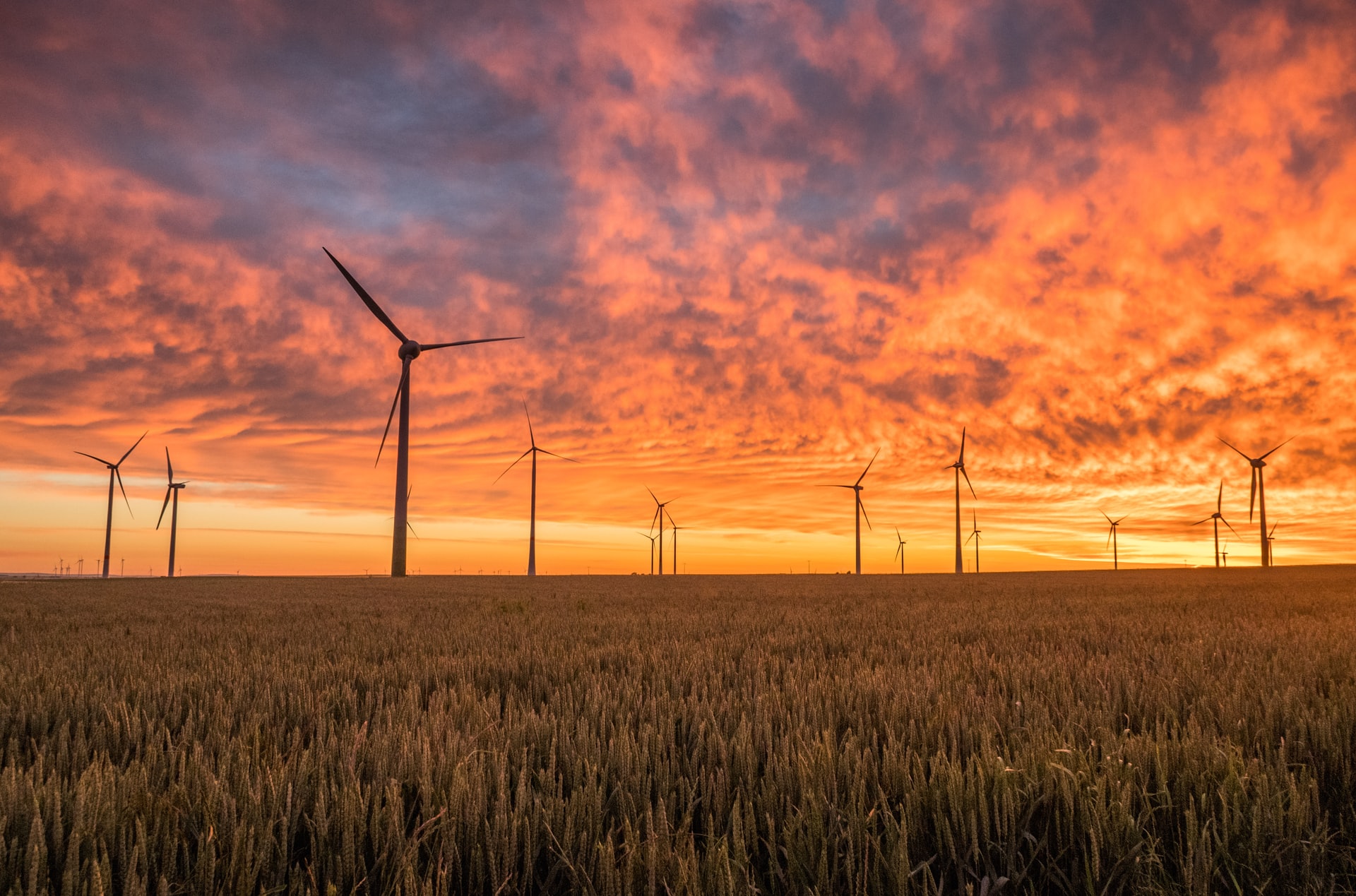Climate Action
Advocating For Clean Energy and Air In California.
Protect and Advocate
WHAT ARE CALIFORNIA’S CLEAN ENERGY AND AIR GOALS?
In 2018, California passed the 100% Clean Energy Act (SB 100) establishing a policy requiring 100 percent carbon-free electricity by 2045. In 2015, California passed the Clean Energy and Pollution Reduction Act (SB 350) requiring a reduction in greenhouse gas (GHG) emissions to 80 percent below 1990 levels by 2050. Together, these important pieces of legislation make up California’s forward-looking clean energy and clean air goals. The California Public Utilities Commission (CPUC) and companies that make and sell electricity play a vital role in achieving these progressive goals.
WHAT ROLE DO ELECTRICITY PROVIDERS HAVE IN ACHIEVING CALIFORNIA’S CLEAN ENERGY AND AIR GOALS?
All retail sellers of electricity in California (Investor-Owned, Publicly-Owned, Community Choice Aggregators and Electric Service Providers) including San Diego Gas & Electric (SDG&E), are required to replace fossil fuels (coal, oil and gas) with increasing amounts of eligible renewable energy (solar, wind, geothermal, small hydro, renewable methane, etc.) when making electricity sold to retail customers like homes and businesses. This is referred to as California’s “Renewable Portfolio Standard” or more increasingly its “Clean Energy Standard.” SB 100 requires that an increasing amount of the electricity generated by retail sellers must be generated from renewable and zero-carbon sources. Specifically, SB 100 increases the amount of renewable and carbon-free electricity in the retail sellers’ portfolios to 50% by 2025, 60% by 2030 and 100% by 2045. Electricity generated without fossil fuels will help California achieve its clean energy goals.
WHAT OTHER ROLES DO ELECTRICITY PROVIDERS HAVE IN ACHEIVING CALIFORNIA’S CLEAN ENERGY AND AIR GOALS?
The California Legislature determined that electrification of the transportation sector could reduce GHG emissions by 70 percent and ozone-forming air pollutants by 85 percent. [1] SB 350 established transportation electrification (TE) as a critical component of the State’s GHG reduction strategies and mandated the CPUC to direct investor-owned utilities like SDG&E to file applications for programs and investments to accelerate widespread transportation electrification. SDG&E has filed several applications to install electric vehicle service equipment (charging stations) throughout its territory. TE, fueled by clean electricity, will help California achieve its clean air goals.
WHAT ROLE DOES UCAN HAVE IN ACHIEVING CALIFORNIA’S CLEAN ENERGY AND AIR GOALS?
UCAN’s role since 1983 has always been to advocate for safe, reliable, and affordable electricity. In more recent years, UCAN has been supportive of California and the Public Utilities Commission’s strategies, policies and proposals for a clean electricity standard and reducing greenhouse gas emissions. However, ratepayers cannot bear an unfair share of the cost to achieve these clean energy and air goals. As intervenors, UCAN plays a significant role in reviewing SDG&E’s applications submitted to the CPUC. UCAN helps ensure that as SDG&E helps California achieve its clean energy and air goals, it maintains reasonable customer rates as well as safe and reliable electric service. This is not easy as SDG&E already has the highest rates in the state. UCAN works to ensure that ratepayers benefit from and do not bear an unfair portion of the costs for the state’s clean energy transition.
[1] See Transportation Electrification Framework, Energy Division Staff Proposal, issued February 3, 2020, p. 9, fn. 7.
Industry News
Reaching Decarbonization Goals, System Reliability and Affordability with Dynamic Rates
The CPUC is exploring how to enable widespread demand flexibility through dynamic rates. “Demand” is how much electricity is being used at any given time. “Dynamic rates” are a way of charging different prices at hourly intervals to reflect the time-varying cost of...
Incorporating Distributed Energy Resources (DERs) for a High DER Grid Future
How can California prepare its electric grid for a high number of distributed energy resources including electric vehicles, rooftop solar, battery storage and demand response technologies? In this proceeding, the California Public Utilities Commission (CPUC) is...
California Public Utilities Commission (CPUC) Environmental and Social Justice Action Plan
The California Public Utilities Commission (CPUC) adopted an Environmental and Social Justice (ESJ) Action Plan 2.0 on April 7, 2022. The plan is designed to serve as a roadmap for expanding public inclusion in Commission decision making and improving services to ESJ...
California Energy Commission (CEC) Load Management Standards
The CEC recently adopted updates to the state’s load management standards that will help shift energy use to times when electricity is cheap, abundant and clean. As of April 1, 2023, PG&E, SCE, SDG&E, SMUD, LADWP, and large community choice aggregators are...
California Public Utilities Commission (CPUC) Releases Annual Affordability Report
The CPUC recently issued its Annual Affordability Report. This report looks at trends and historical results in the affordability of electricity, natural gas, water, and communications services for the year 2020. The report helps inform the work of the CPUC to address...
Hear the latest from David Roberts
Dave Roberts writes a newsletter & podcast about technology, politics and policy of decarbonization. Hear his interview with Saul Griffith, founder of Rewiring America, and his latest book, “Electrify: An Optimist’s Playbook for our Clean Energy Future.”
Ready To Make An Impact?
Support UCAN
Every single utility customer in San Diego County benefits from UCAN’s work, and we need your support to keep this work going. Being San Diego’s dedicated utility watchdog takes expertise, time, staff, coordination and… money. We appreciate your support and to continue to work in your best interest!

